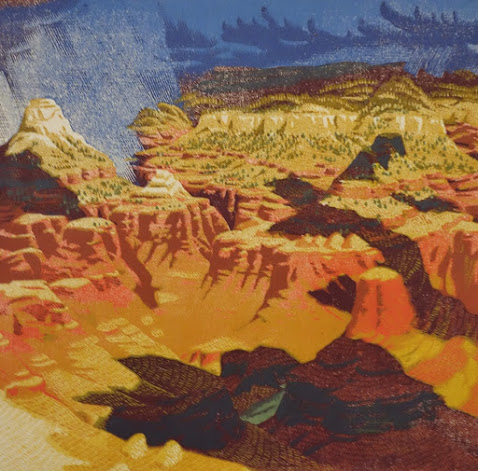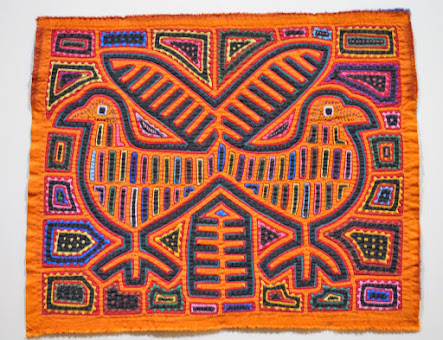During the long course of this pandemic I have read some excellent books. The last book that I finished, however, does not fall into that category. I guess I am in the minority, since it received rave reviews from the critics. But I did not like "The Bedlam Stacks" by British novelist, Natasha Pulley.
At first glance it is a historical novel set in the Victorian era, detailing the efforts of the British to smuggle saplings and seeds of the cinchona tree out of Peru. The bark of the cinchona tree is used to make quinine, at that time the only treatment available for malaria. It would seem a perfect book for me. I love historical fiction, and I have traveled to Peru. At first it was OK, although I found the author's writing style a bit difficult to follow. But then the story really went off the tracks when the protagonist reaches Peru. Some of the book reviewers described the book as a work of "magic realism". "Magic realism" is a genre of literature that originated in Latin America. It adds magical elements to its realistic portrayal of the world. I have read numerous works of this genre that I enjoyed such as "Like Water for Chocolate" by Mexican writer Laura Esquivel. In that novel, the main character, Tita, is able to convey her thoughts and emotions to others through her cooking. The magic creates a unique story, but never seems to overwhelm reality.
For her novel "The Bedlam Stacks", the author spent time in Peru. She could have skipped the time and expense, because the Peru she portrays is a fantasy world devoid of reality. The protagonist arrives at a town located near the prized cinchona forests. The town is built upon towering stacks of volcanic glass. In this bizarre place there are stone statues which are able to move. It is always cold and snowing, which completely ignores meteorological reality. Yes, it can be bitterly cold in the high Andes, but the cinchona forests are located on the tropical, eastern slopes descending toward the Amazon basin. Cinchona doesn't grow in the snow! In spite of the cold, the air is filled with luminescent pollen, and any movement in the air causes the pollen to glow. I managed to make it through to the end, but I got so sick and tired of reading about the darned pollen! As I said, the book received rave reviews. You might enjoy it, but I didn't.
Right now I am in the middle of a classic of American literature, John Steinbeck's "East of Eden".

The Nobel Prize winning author is best known, perhaps, for "The Grapes of Wrath", but Steinbeck considered this his greatest work. The novel takes place in the Salinas Valley of California where and author was born. It is semi-autobiographical, in that one of the characters is based on his maternal grandfather. It spans the late 19th century to the early 20th century, and tells the story of two families, the Trasks and the Hamiltons. As the title implies, the book's themes are drawn from the Book of Genesis, particularly the stories of Adam and Eve, and Cain and Abel. When it was published in 1952 it was an immediate bestseller, although it was panned by reviewers. Today it is acclaimed by literary critics, and it remains popular with the reading public. I remember enjoying the TV miniseries adaptation in 1981, but I can't recall all the details of the story or even how it ends. So I am now rediscovering this epic saga. I am about one third of the way through the book, and I thoroughly recommend it.



































































